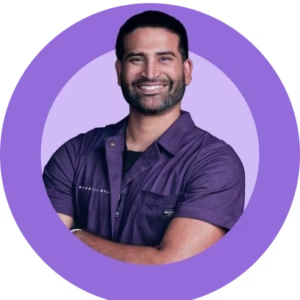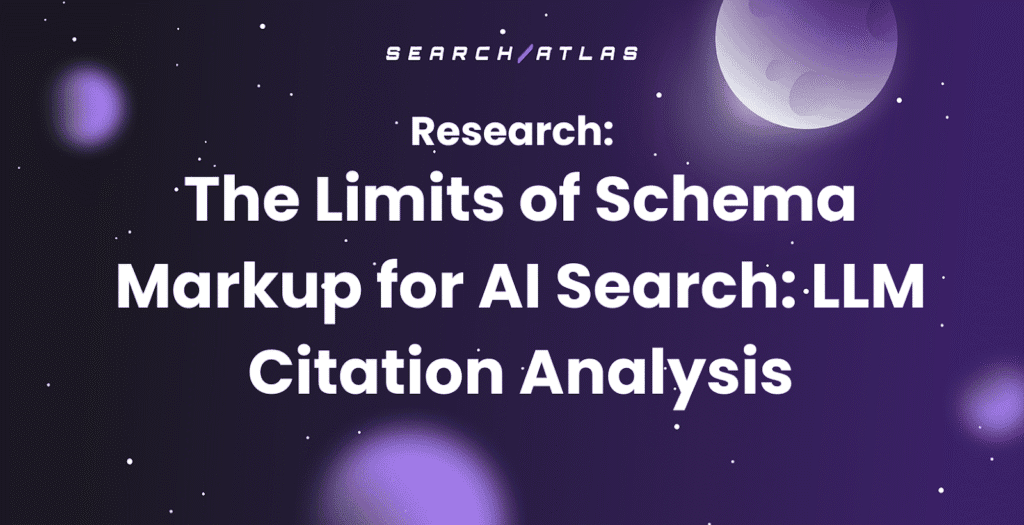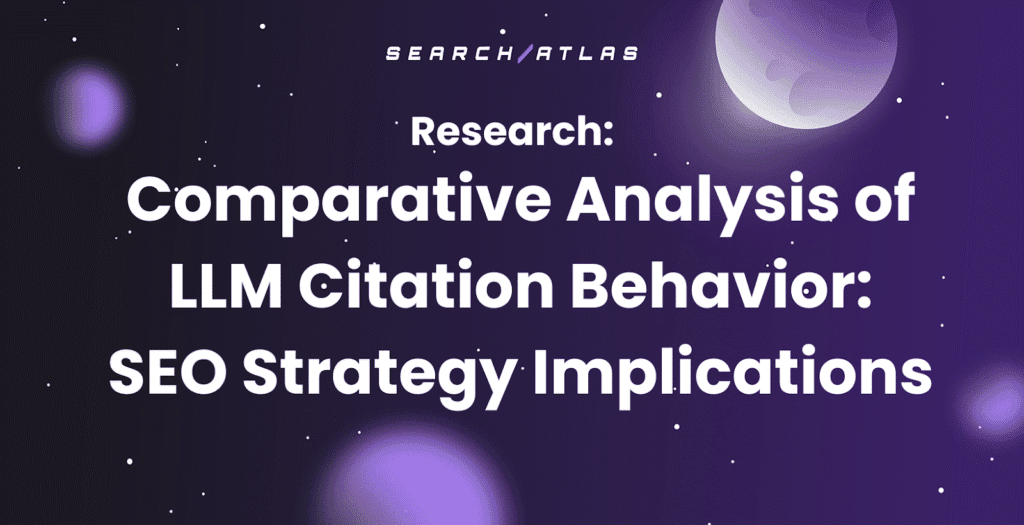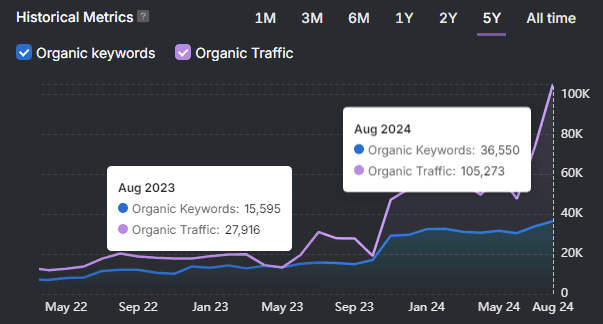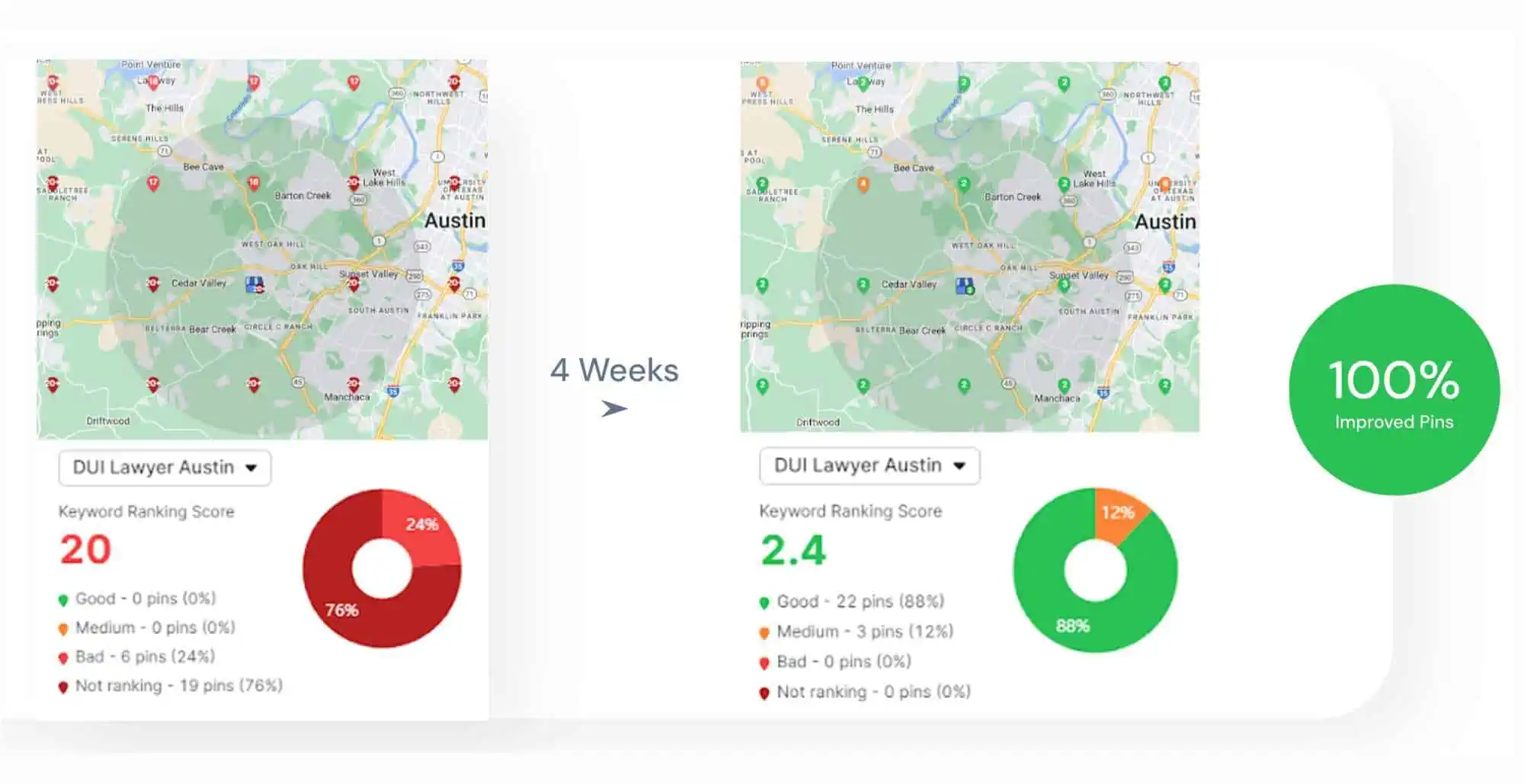Running ads without a solid Google Ads strategy quickly drains your budget. Costs rise, competition grows, and poor targeting results in clicks that don’t lead to conversions. 💸
To achieve real success, it’s more than just picking a few good keywords or crafting a catchy headline. You need a strategy that ties every part of your campaign together.
Whether you’re managing your own account or building campaigns for clients, success depends on how well you choose keywords, write ad copy, and set your budget.
Let’s dive into 10 actionable steps to create a Google PPC strategy that’s focused, measurable, and built for real performance.
What Is a Google Ads Strategy?
A Google Ads strategy is an advertising approach where businesses pay only when users click on their ads shown on Google platforms.
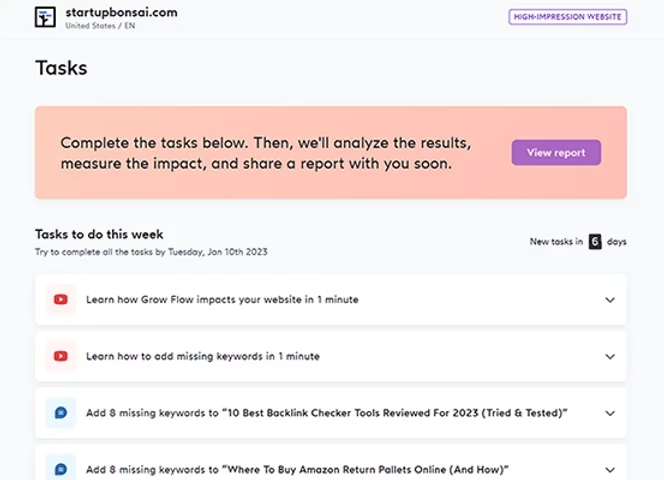
It uses a bidding system based on specific keywords, allowing advertisers to manage budgets, select target terms, and control ad placement in search results or across partner sites through Google Ads.

How Does PPC Pricing Work on Google?
Google PPC pricing is based on a real-time auction system that determines how much you pay when someone clicks your ad.
The system checks which advertisers have bid on relevant keywords when someone searches on Google. An auction is triggered instantly if multiple bids exist.
The final cost per click (CPC) is influenced by how your ad compares to others in that auction and not just by your maximum bid. Google uses two key factors to determine the cost of PPC.
Firstly, the Maximum Bid is the highest amount you’re willing to pay per click. Secondly, the Quality Score is a 1 to 10 rating based on the relevance of the ad, landing page quality, and expected click-through rate (CTR).
Together, these determine your Ad Rank, which decides where your ad appears and how much you actually pay. Several other factors influence keyword pricing.
- Bidding strategy: Manual bidding allows you to set limits, and automated bidding adjusts dynamically to meet campaign goals.
- Search volume: High-demand terms often lead to higher costs.
- Industry competition: More advertisers bidding means more expensive clicks.
- Seasonality: Keyword prices rise during peak times like holidays or tax season.
10 Tactics to Boost Your Google Ads Strategy and PPC Performance
Let’s walk you through 10 proven ways to boost your Google Ads strategy and improve PPC performance with actionable tips to apply right away.
1. Set Up Your Account to Start Strong
To get started with Google Ads, you’ll need a Google account. You’re good to go if you already use Gmail. But if it’s a personal email, create a separate account for your business.
Once that’s ready, go to ads.google.com and click “Start now.” Follow the instructions to enter your business details, choose a campaign goal, and add your payment method.
Create a basic campaign and pause it if you’re not ready to launch. That way, your account is ready when you are.
2. Map Out Your Direct Ad Rivals to Gain an Advantage
To compete in Google Ads, you need to know who your direct competitors are. These are businesses that sell similar products or services to the same audience.
List your direct competitors to identify gaps and avoid wasted spend. Use tools like Site Explorer to check how their ads and keywords are performing.
- See their top paid ads and keywords.
- Analyze traffic spikes or drops and connect them to campaign changes.
- Identify which keywords they stopped or started using.
- See how much your competitors spend on PPC and which ad copy they rely on.
Another helpful tool is competitor research that reveals how much traffic they’re pulling, their estimated ad budgets, and how your keyword coverage compares.
Mirroring your competition rarely pays off. Focus less on imitation and more on outperforming what they’ve published to win stronger positions.
3. Choose Keywords to Attract the Right Clicks
Chasing keywords without a strategy leads to wasted clicks and bloated costs. Smart keyword research begins with a keyword selection that fits your goals and your audience’s intent.
These keywords determine when and where your ads appear, who sees them, and how much you pay per click. Use match types to control reach and relevance.
Start broad to explore. Broad match casts a wide net and helps uncover new search terms, though it’s less precise.
Narrow the focus with Phrase match. It targets searches that include your keyword in context, balancing reach with relevance.
Go precise with Exact match. It limits ads to close variations of your keyword, giving you maximum control over who sees your ad.
Focus on high-intent terms, especially long-tail keywords (2 to 5 words). These tend to be more specific, cost less per click, and drive better conversions.
As you choose keywords, think about how they’re grouped. Well-structured ad groups help your ads stay relevant to each search.

To scale faster, use tools like OTTO SEO. It automatically finds low-cost, high-performing keywords, removes the ones that waste budget, and helps you build ad groups with just a few clicks.
4. Evaluate Keyword Cost and Intent to Maximize ROI
Every search term reveals what someone wants and what it might cost to reach them. To make your ad spend count, focus on keywords that match your offer and reflect intent to take action.
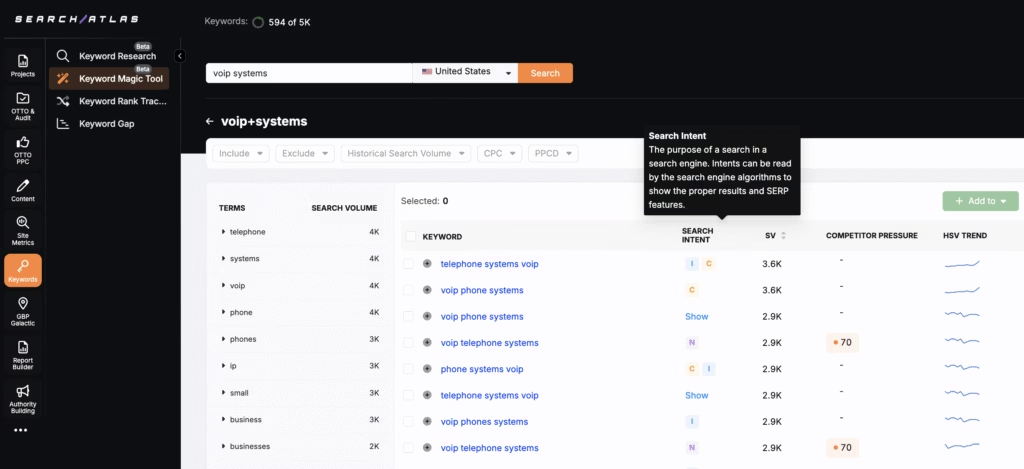
Informational queries bring visits but rarely lead to action. Commercial and transactional terms attract users closer to a decision and need to be a priority.
Cost often reflects intent. Broader searches cost under $0.50 per click, while more targeted, purchase-ready terms reach $1.50 or more.
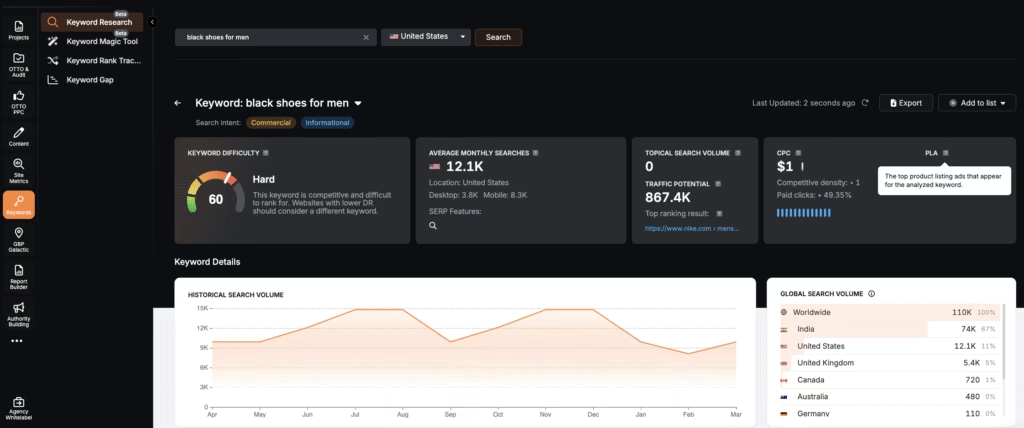
Use SEO tools to give a more complete view. They combine CPC with metrics like search volume, difficulty, and intent signals that help you spot affordable terms with stronger potential to convert.
5. Structure Campaigns to Improve Ad Performance
To pick a campaign, Google will first ask you to choose an objective. Depending on your goal, it will then show you which campaign types are available.
Each campaign type supports different stages of the funnel. Running a mix helps expand visibility and connect with users across platforms.
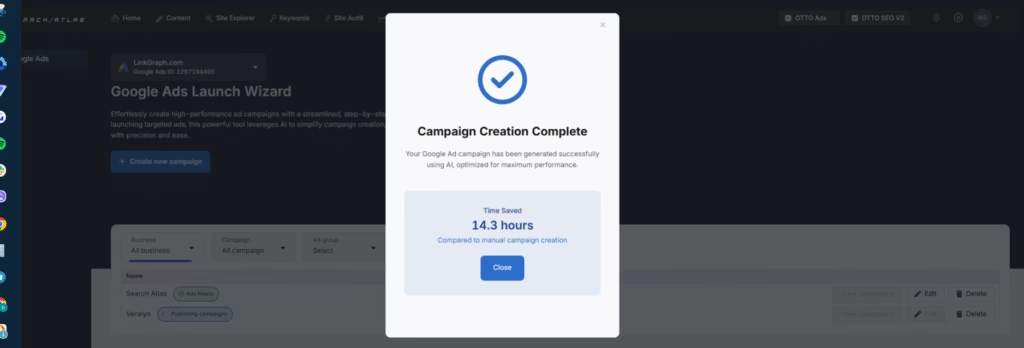
Instead of building each campaign from scratch, use OTTO Google Ads which handles setup automatically.
6. Write Compelling Ad Copy to Drive More Clicks
Choosing the right keywords will get your ad seen, but the copy is what drives action. To craft compelling PPC ad copy for campaigns, follow these best practices.
- Keep It Direct and Clear: Make the copy to align with the product, discussing why it matters and who it helps. A short, clear message performs better than clever phrasing that slows people down.
- Match the Message to What They Need: Reflect the user’s intent in your copy. Make it obvious you understand what they’re looking for and how you provide it.
- Use Keywords With Purpose: Place search terms where they make sense, this reinforce intent and improve Quality Score without sounding robotic.
- Tell Them What to Do Next: Use simple CTAs like “Get Started,” “Download Now,” or “See Pricing.” Time-sensitive offers like “Ends Soon” or “Few Spots Left” push action faster.
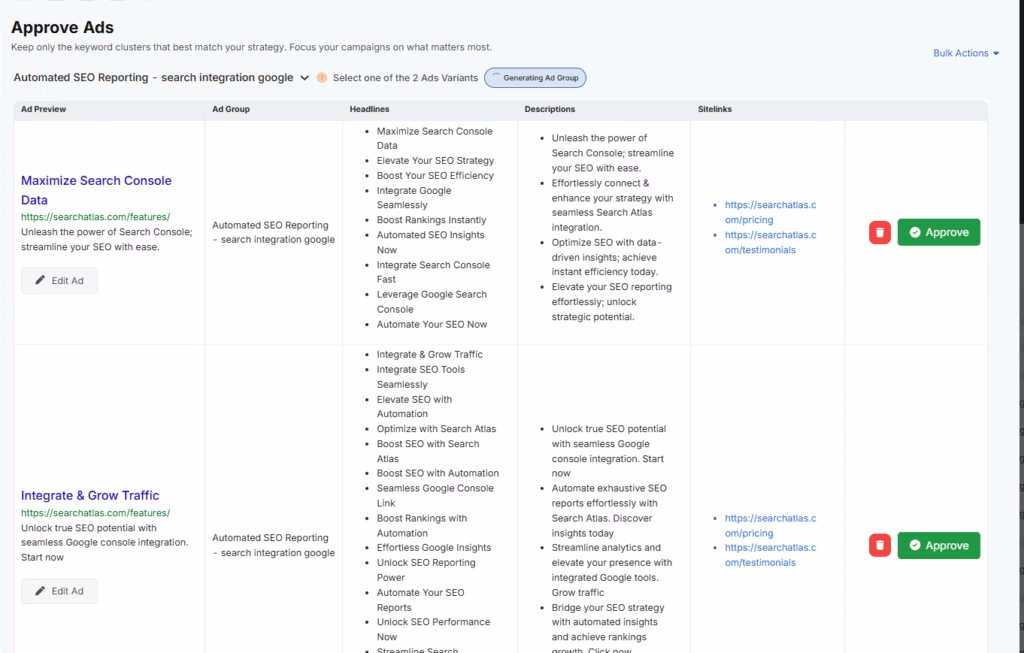
Instead of guessing what to write, OTTO handles this entire step for you. It assists in generating engaging ad copy by suggesting headlines, descriptions, and CTAs that resonate with your target audience
7. Choose a Bidding Strategy to Control Spend and Results
Your bidding strategy affects how much you spend and what results you get, so choose based on what you want to achieve.
Firstly, use Cost-Per-Click to drive website traffic. You pay only when someone clicks your ad. It’s ideal for lead generation and general traffic.
Secondly, choose Cost-Per-Thousand Impressions (CPM) to boost brand awareness. You pay for every 1,000 views. It’s best for when you want visibility, not clicks.
Thirdly, go with Cost-Per-Acquisition (CPA) to focus on conversions. You pay only when someone completes a desired action, like a purchase or form submission.
Consider using Smart Bidding if you want to save time. It uses machine learning to adjust bids based on factors like device, location, and time, which helps you get better results.
8. Optimize Landing Page Experience to Boost Conversions
Landing pages in paid campaigns aren’t like regular site pages. They’re designed to convert quickly, guiding users to take action right after the click.
Users expect to land on exactly what is promised when they click on your ad. Don’t send them to a generic homepage or an unrelated product page.
The landing page needs to immediately show red running shoes if your ad is about red running shoes. To build a landing page that converts.
- Match the ad text with the page headline for continuity.
- Place your primary keyword in the H1, intro, and a supporting subheading.
- Run a page speed analysis to catch delays that drive users away.
- Include images or visuals that support your offer and add clarity.
- Design for mobile responsiveness to ensure smooth performance on all devices.
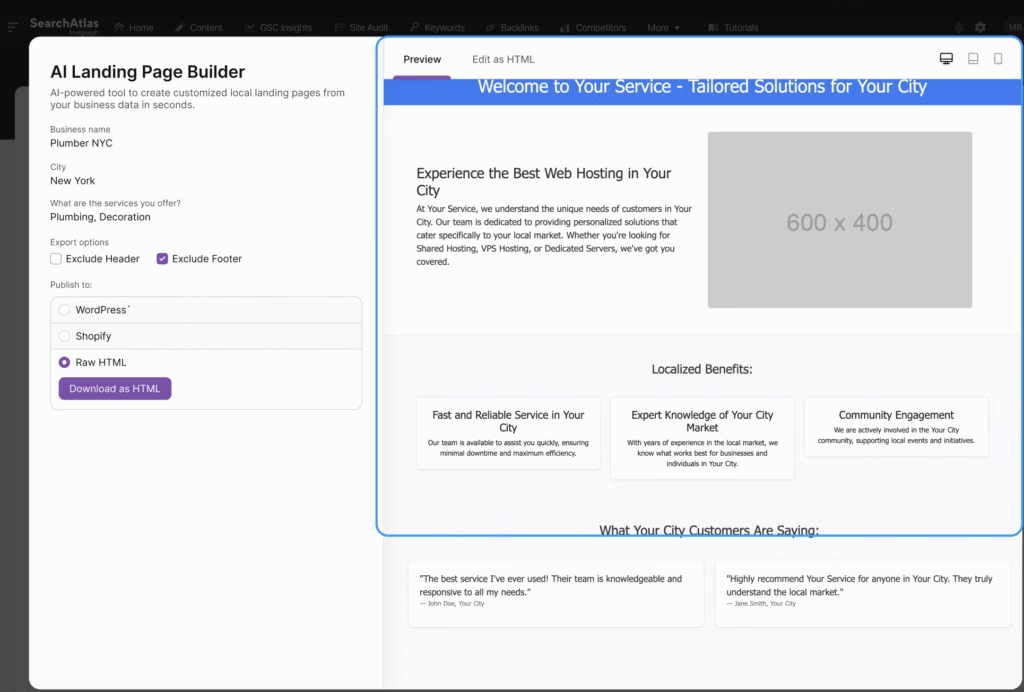
Speed things up with a landing page generator. It generates ad-aligned pages built to convert. Each page is optimized for any Google Ads strategy and built to perform without manual setup.
9. Run A/B Tests to Refine Your Strategy
Not testing your ads means guessing what works. A/B testing gives you clear answers. Create two versions of your ad or landing page.
One is the original, while the other includes one change, like a new headline, a different image, or an updated call to action. Here are some elements worth testing.
- Headlines and descriptions
- Call-to-action text and button placement
- Page layout and messaging
- Form length and structure
- Images, trust signals, or product angles
Split your traffic evenly between both versions and track metrics like click-through rate, conversions, and bounce rate. These results will show you what’s driving real engagement.
It’s one of the fastest ways to optimize performance and increase ROI without raising your budget. Make A/B testing part of your routine and let the results guide your next move.
10. Track Performance to Improve Campaign Results
To improve results in your Google PCC campaign, you need to monitor performance consistently. That means spotting what drives results, what drains your budget, and where to make adjustments.
Start by tracking core metrics inside Google Ads like click-through rate, conversions, and cost per acquisition. These indicators show what’s working and identify weak spots.
OTTO brings all that data together in one place. It reveals how your ads are performing across clicks, conversions, keyword strength, and budget efficiency.
All this data comes packaged in clear, automated reports. 📝
You’ll get a breakdown of your strongest keyword clusters, search volume, and competition insights, all laid out to support faster, smarter decisions.
Running ads for clients? These reports are built for that, too. They look professional and are scheduled automatically, which helps you keep clients informed without extra effort.
Make Your Google Ads Strategy Work for You With Search Atlas
Creating a high-performing Google Ads strategy takes more than picking keywords and launching ads. It requires thoughtful planning, consistent testing, and continuous optimization.
There are a lot of time-consuming steps, especially if you’re not entirely confident navigating Google Ads or managing multiple campaigns at once.
Search Atlas brings everything together in one place. ✨
From PPC and SEO to content and digital PR, you get a full search marketing system designed to work in sync. No switching tools or wasting hours on manual tasks.
Inside the platform, OTTO Google Ads handles the heavy lifting by automating your keyword selection, ad copy generation, and performance tracking. ⚙️
You gain stronger visibility, more consistent results, and fewer repetitive tasks to manage when your paid and organic strategies work together from the start.
Ready to take your strategy further than just ads? Start your FREE trial today. No credit card. Cancel anytime. ✅
